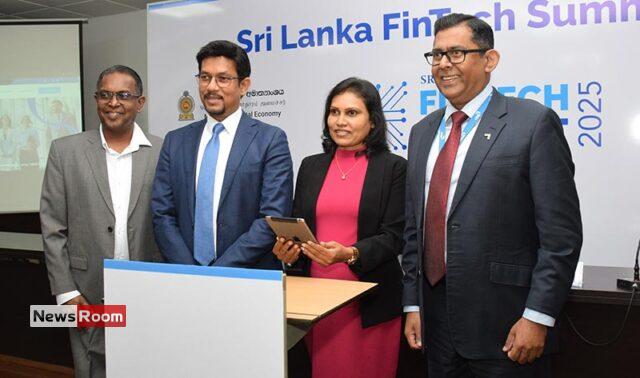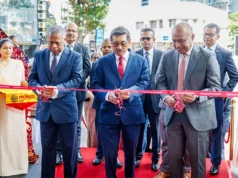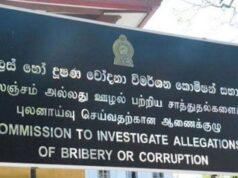Sri Lanka is gearing up to position itself as a global FinTech powerhouse with the launch of the Sri Lanka FinTech Summit 2025, set to take place on September 24 and 25 at the BMICH, Colombo. Driven by an ambitious national vision and powered by key financial institutions like Hatton National Bank (HNB), the summit is set to be a turning point for the country’s digital economy, with expectations of attracting over USD 100 million in immediate investments and laying the groundwork for USD 500 million by 2030.
Damith Pallewatte, CEO and Managing Director of HNB and chair of the summit, emphasized that the event is more than just a gathering of thought leaders—it is the catalyst for a long-overdue digital revolution.
“We speak digital, we invest in digital, but are we solving the real problems? This summit aims to realign our fragmented efforts, bring all ecosystem players to one platform, and build a practical, methodical roadmap to transform Sri Lanka’s financial landscape, Pallewatte declared.
With over 2,000 participants from 25+ countries and 30 world-class speakers expected, the summit aims to go beyond inspiration—it seeks concrete outcomes. One key goal: increasing financial inclusion to 95% and boosting the Fintech sector’s GDP contribution to 3% by 2030.
Deputy Minister of Digital Economy, Engineer Eranga Weeraratne, outlined the government’s commitment to expanding the current USD 3.5 billion digital economy to USD15 billion by 2030. But to get there, the government acknowledges that deep structural shifts are needed.
“We have Rs. 1.3 trillion in cash circulating outside the formal financial system. If we digitize even one-third of that, nearly Rs. 450 billion could enter the financial ecosystem. That’s a game-changer for lending, public sector financing, and private investment, Weeraratne said.
He noted that while Sri Lanka boasts a strong traditional banking network, it has lagged behind in FinTech adoption, with countries like India, Nepal and even smaller economies rapidly advancing.
“This is not just about QR codes. It’s about building a full ecosystem—public education, interoperability, transport payments, digital credit ratings and above all, stakeholder collaboration, he said.
Weeraratne pledged his ministry’s full coordination with all stakeholders, including the Central Bank, commercial banks, startups, academia and the general public.
Channa De Silva, chairman, FinTech Association of Sri Lanka, pointed out that Sri Lanka’s digital banking infrastructure is already mature, handling over Rs. 34 trillion in digital transactions and Rs. 17 trillion in real-time payments in 2024 alone—figures that surpass the country’s GDP.
“The adoption is there—but it’s urban and corporate. The missing link is the last-mile: the retail sector, rural SMEs and informal economy. That’s where FinTechs come in, De Silva noted.
He emphasized that while banks have laid the digital railroads, FinTech companies—agile, innovative, and deeply connected to local challenges—are needed to reach the grassroots.
The spirit of the summit, said Dr. Kumudu Megasuriya, CEO of Texas International and summit co-chair, is about catalyzing a generational transformation.
“This isn’t a summit—it’s a national movement. Every word in our mission statement—empowerment, innovation, inclusion, growth—carries the weight of 22 million aspirations. We’re not chasing regional status. We’re claiming the global FinTech crown, she said in a rousing address.
By Ifham Nizam ✍️








